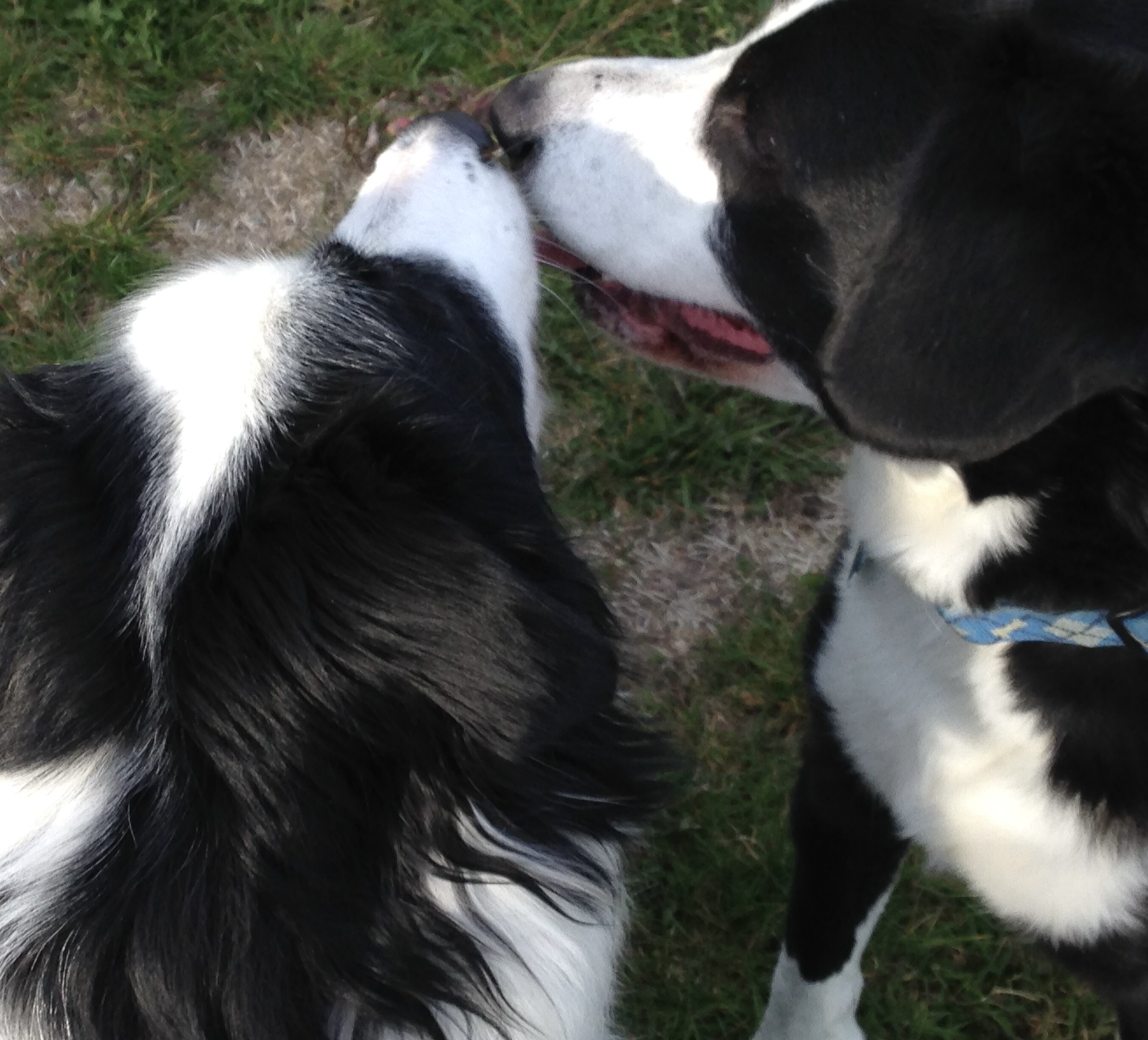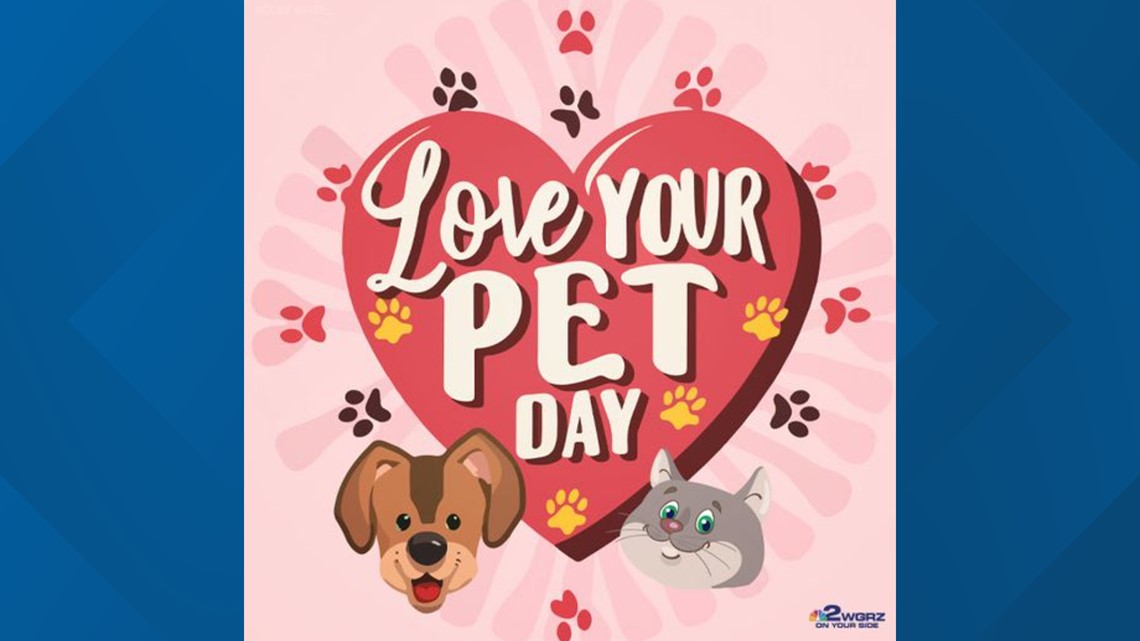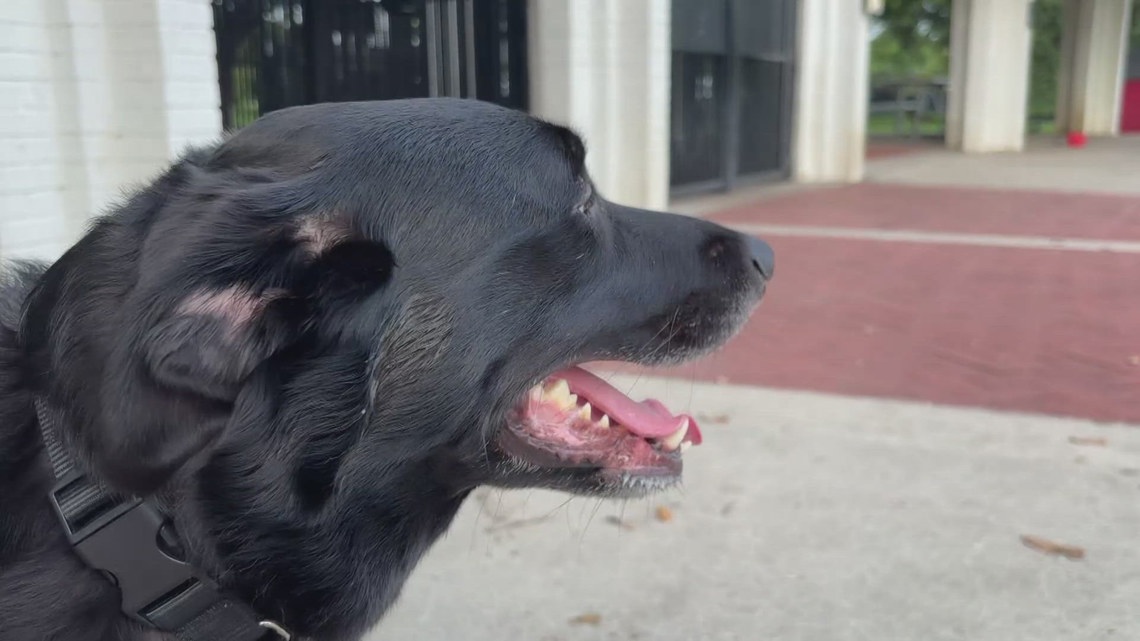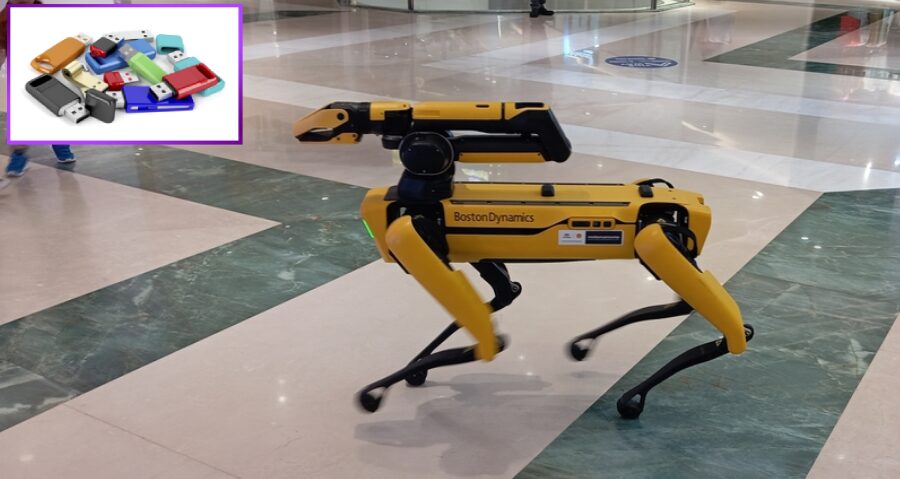Nose to nose
VIN News Service Photo
A common theme among many recent cases of canine respiratory disease was what some veterinarians describe as “nose-to-nose contact” at doggy day care, dog parks and the like.
As a wave of severe respiratory infections among pet dogs in the United States captured widespread media attention in late November, many worried the worst was ahead. Traveling, boarding and congregating associated with the December holidays would, the thinking went, drive an even greater spike in cases.
That didn't happen.
Reports from veterinarians and researchers, along with pet insurance data, indicate the wave crested before the end of the year, with cases dropping to usual levels within the first few weeks of January. “It has disappeared as quickly as it appeared,” said Dr. John Daugherty, a practitioner in Ohio. “We haven't seen a new case since sometime around Christmas, which is weird because that is a peak time for boarding.”
Known casually as kennel cough, the phenomenon formally is called canine infectious respiratory disease complex, or CIRDC, because no single pathogen has been found to be solely responsible for the spate of illnesses.
A clear explanation for the drop-off is as elusive as a definitive explanation of what fueled the wave.
Dr. J. Scott Weese, an infectious diseases researcher at the University of Guelph Ontario Veterinary College, wrote on his Worms & Germs Blog last month: “[W]e still don't know what happened. That's far from surprising, because with waxing and waning endemic disease conditions like CIRDC, we rarely have a clear picture of what happened and why.”
Agents that cause respiratory signs in dogs like coughing and sneezing include Bordetella bronchiseptica, Streptococcus zooepidemicus and Mycoplasma bacteria; and canine parainfluenza virus; canine influenza virus (of which there are two known strains); canine distemper virus; herpes virus; canine adenovirus; and canine respiratory coronavirus (akin to coronaviruses that cause colds in people, not the pathogen behind Covid-19).
“There are at least a dozen organisms that are involved with the syndrome, some [acting] by themselves, and others in combination with other organisms,” said Dr. Michael Lappin, an infectious diseases veterinarian at Colorado State University College of Veterinary Medicine and Biomedical Sciences.
Speaking at a webinar last week hosted by the pet insurance company Trupanion, Lappin reported that cases seen by the university veterinary hospital have “dropped dramatically. We haven't had a pneumonia death since Jan. 14.”
One aspect of the wave that particularly raised concern was that some young and otherwise healthy dogs became seriously ill. Daugherty said his practice, which serves an affluent community with typically well-cared-for pets, sees six to eight pneumonia cases in a normal year, usually puppies or bulldogs (flat-faced breeds being more prone to respiratory problems). Last year, the practice saw eight pneumonia cases in an eight-week period, all adults, none with flat muzzles.
One patient was a German shepherd mix, age 6 or 7, who had to be seen repeatedly at a specialty referral hospital to receive oxygen. “It took over two months for him to make a full recovery,” Daugherty said.
The dog was one of two patients who required multiple visits to a specialty practice for treatment. “That was the other weird thing,” Daugherty said. “They'd seem like they'd get better and then relapse. That's not usually the way it works.”
If the pattern sounds suspiciously like Covid-19 in the early days of the pandemic, more than a few people have wondered whether the canine respiratory phenomenon stemmed from SARS-CoV2, the virus that causes Covid-19.
Weese, who spoke at the same webinar as Lappin, acknowledged the concern, then allayed it. “Covid's the elephant in the room,” he said. “There are always a lot of questions [of] ‘Is Covid driving this?' I say, ‘Well, Covid might be having an influence but not because of the virus on the dogs but because of the virus on us.' “
That influence includes changes in how people interact with their dogs and the veterinary care provided to them, he explained. Weese recalled that during 2020, dogs were locked down with their people and not visiting veterinarians much, if at all, unless they were very sick.
A chart presented by Trupanion of insurance claims for canine respiratory-related visits to veterinarians shows a dip during the first part of 2020 when the pandemic began, then a gradual rise as the year wore on, followed by other downs and ups into 2023.
Comparing those waves against the peaks and valleys of Covid-19 among people, Weese said, makes him “very confident” that it's not SARS-CoV2 driving dog cases because the patterns don't overlap.
Lappin agreed, noting that when dogs (and cats) are seen at Colorado State's veterinary hospital for acute gastroenteritis or respiratory illness, owners to this day are asked whether anyone in the household has had Covid-19 during the past 10 days. Nothing has emerged to suggest that sick dogs are coming from households that had recent bouts with the pandemic bug, he said.
Outbreaks also didn't occur uniformly across the United States and Canada. A map from Trupanion of respiratory-related insurance invoices by selected states and provinces in the fourth quarter of 2023 compared with the same period in 2022 shows pronounced spikes in Colorado, Nevada, Nova Scotia, Ontario and Oregon; and marked dips in Quebec province and Virginia.
Case numbers are not available because no one entity tracks respiratory infections in dogs. Weese said he monitors outbreaks by talking to veterinarians, including state veterinarians, in different areas; looking at the numbers of calls and emails he receives; and reviewing sporadic data sources such as Trupanion claims.
Owing to the lack of absolute case figures, Weese said, “We're mainly focused on trends of increases and decreases.”
Waves of canine respiratory illness date back years
An apparent upward trend in canine respiratory illnesses began before SARS-CoV2 surfaced. Referring to Trupanion charts showing an overall rise in respiratory-related invoices from 2018 to present, Weese said: “It fits with what some of us have been saying — we think we're seeing more respiratory disease” and more cases involving younger dogs and fatalities.
“We've had this gradual and, I think, pretty clear increase over time that predates Covid … [and] predates all the attention we've paid to it in the last six months,” he said, adding, “As our baseline's going up and up and up, the peaks from these up and downs get a lot more obvious. … We're seeing this up and down trend laid on top of this gradual increase.”
(According to Trupanion, the data in its charts are normalized to account for changes in the number of insured dogs from year to year. Without that adjustment, rising numbers of invoices for a particular condition might merely reflect rising numbers of insured pets.)
Several veterinarians the VIN News Service contacted said they saw spikes in cases of dogs with respiratory illness more during late 2022 than late 2023, the period of public focus on the phenomenon.
For example, Dr. Julia Norton, who practices in the Philadelphia area, said by email: “Cases dropped off the last four to six months. Prior to that, we had about a six- to eight-month run of sick dogs every week. Now most of our practice is Bordetella– and flu-vaccinated, or they have already had it. … Fortunately, things are back to normal.”
Similarly, Dr. Kienan Gold, who practices near Charlotte, North Carolina, said by email that “Charlotte peaked in cases in the fall [of 2022], and we saw a taper down leading into 2023.”
He credited the taper to several actions: “We increased vaccination for influenza and Bordetella to help prevent comorbidities, recommended a switch to pet-sitting as opposed to boarding facilities, and had more thorough follow-up on our cases to catch pneumonia at the earliest possible time. We saw these cases with disposable gowns either outside or in an isolation room with strict sanitation practices.”
Is it safe to return to the dog park? VIN News Service photo
VIN News Service photo
With the latest surge in respiratory illness in dogs behind us, is it safe to return to dog parks? The answer is not the same for everyone. “Think of the risk of exposure, the risk of the dog and the risk tolerance of the owner,” advises Dr. J. Scott Weese, a infectious diseases veterinarian.
Back to the dog park?
Now that the latest wave has crested, is it safe for dogs to return to off-leash parks, day cares and other places canines congregate?
Maybe, maybe not.
“We're still finding all the regulars — the bugs, the bacteria and viruses — that are always in the background,” Lappin said. ” … Any time we're in a social situation, we're more likely to share these bugs, be it two-legged or four-legged animals.”
Offered Weese: “Risk isn't binary. It's not yes or no. … The question for me really is, is the risk greater now than it would have been any random day?
“Here's where understanding your situation [is important],” he elaborated. “If you hear a lot of buzz about sick dogs, you see a lot of sick dogs coughing at the dog park, an outbreak at the day care, well, your risk is probably higher right now for you.”
Risk differs by the individual, too. Catching a respiratory bug can be more consequential for an older dog or a flat-faced dog, Weese pointed out, so reducing their exposures to other dogs may be more important than for younger dogs with longer muzzles.
On the other side of the equation are the advantages of socializing. “Going to the off-leash dog park, if that's your social thing, you love it, you hang out with the people there, your dog loves it — you accept some risk,” Weese said. “You have to determine how much you're going to accept. If you don't really care about it, you go to an on-leash park where there's less contact.”
He continued: “If you have to go to work and your dog is better off at day care than staying in a crate all day or tearing up your apartment, then the day care is the benefit.”
Weese and Lappin agreed that a solid way to reduce all dogs' risk is to keep them up-to-date on vaccinations, including, for dogs regularly exposed to other dogs, the so-called “lifestyle vaccines” against influenza and Bordetella.
Besides vaccination, Lappin said, the only alternative form of protection is: “Don't get exposed.”






